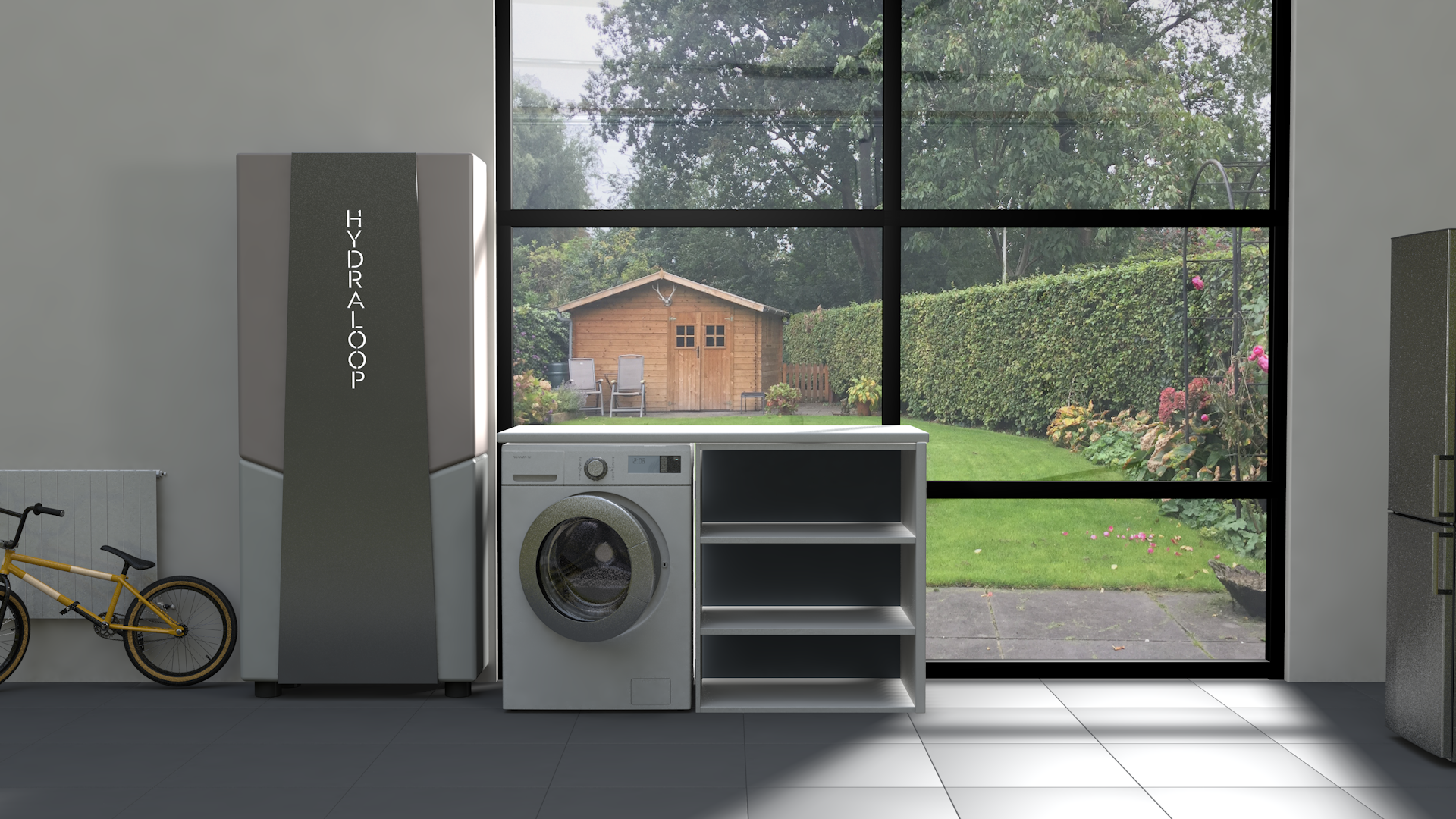
In an era where water scarcity is becoming an increasingly critical issue, Hydraloop presents a ground-breaking solution with its graywater recycling devices, designed to significantly reduce potable water usage in homes. Leveraging advanced technology, the Hydraloop calculator assesses potential water savings by analyzing daily household activities, such as shower lengths, frequency, and water volume, as well as the number toilet flushes, and laundry loads. The more individuals living in the home, the more graywater produced. This innovative approach not only optimizes water reuse for gardening, laundry, and toilet flushing, but also showcases substantial annual water savings, making it a compelling choice for environmentally conscious builders. By integrating a graywater recycling device, households can play a pivotal role in sustainable water management, ensuring a greener future with each drop of water saved. In this scenario piece, we are diving into the potential water savings...
read more